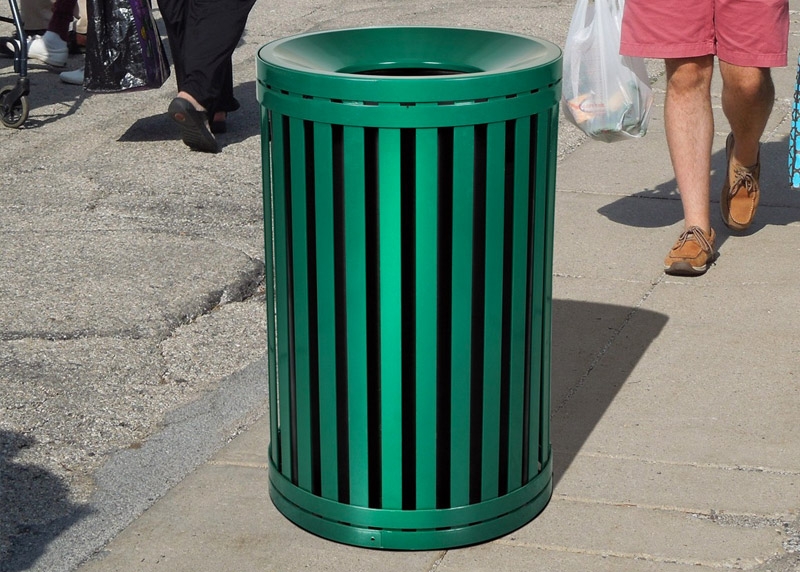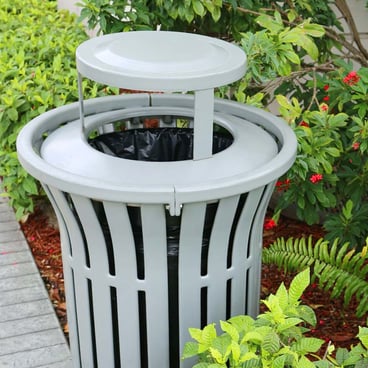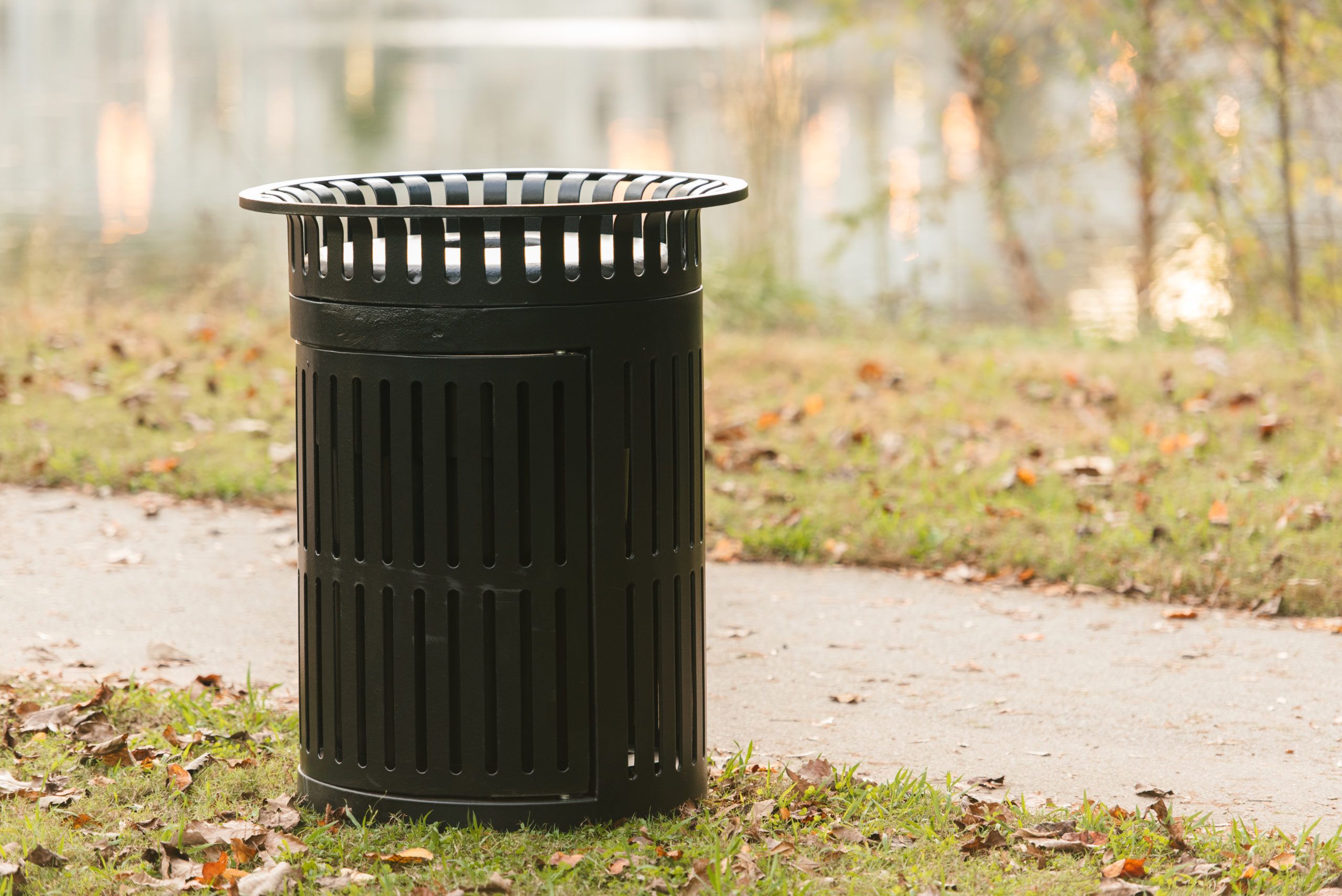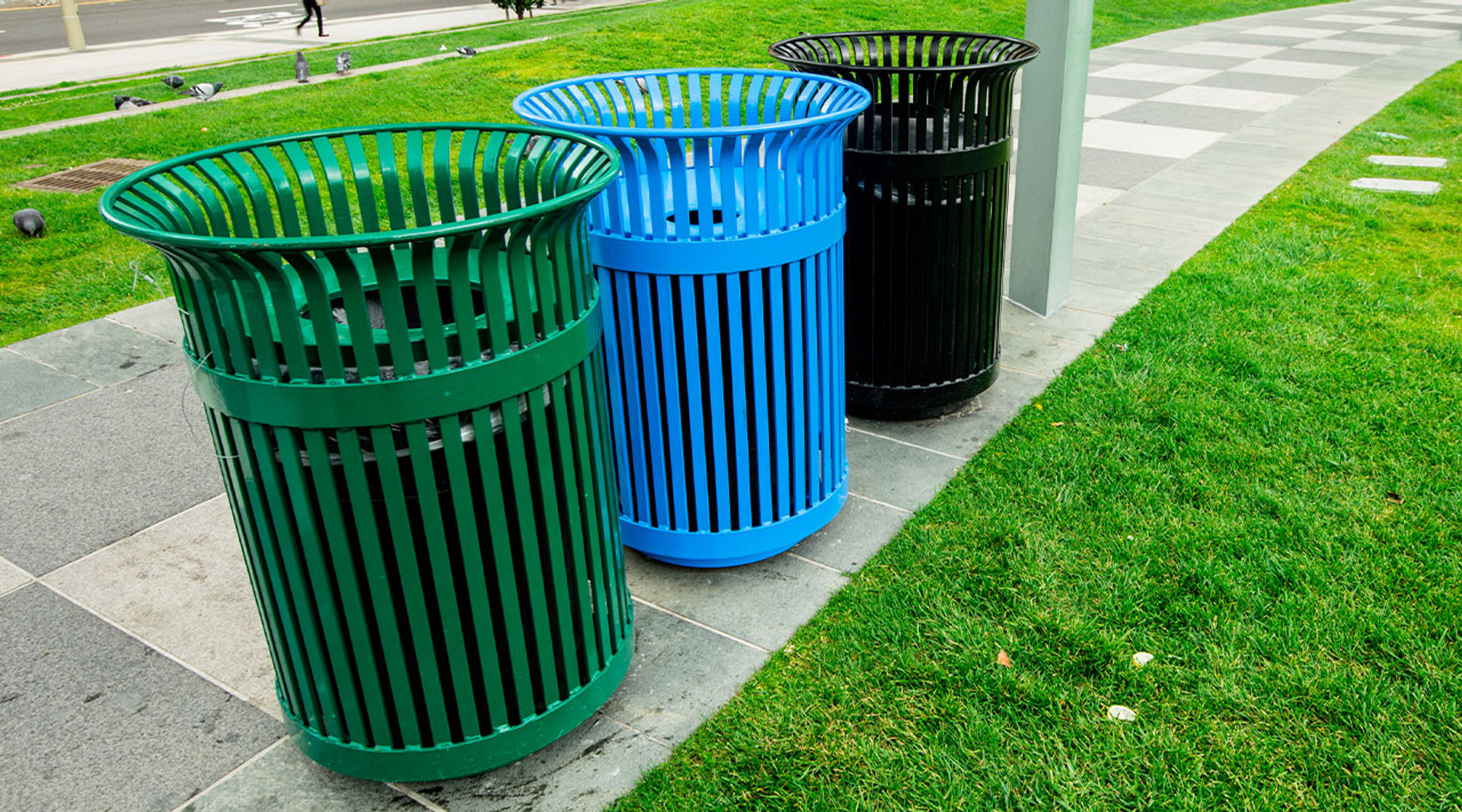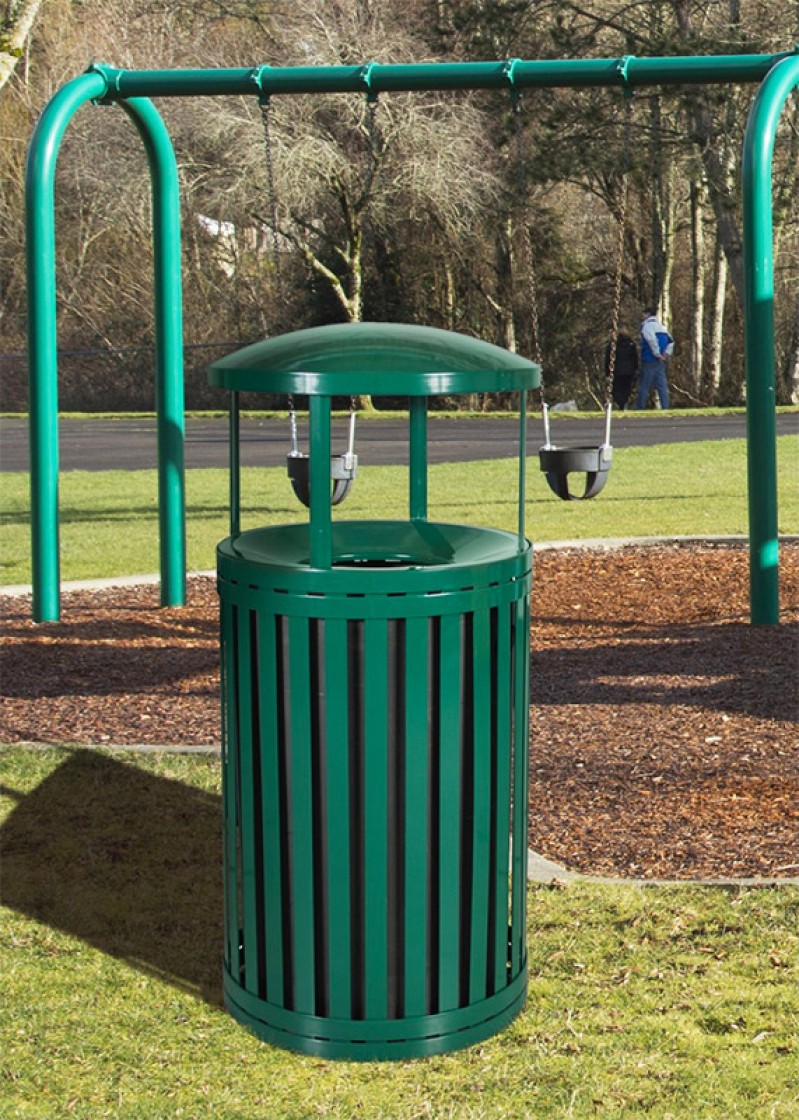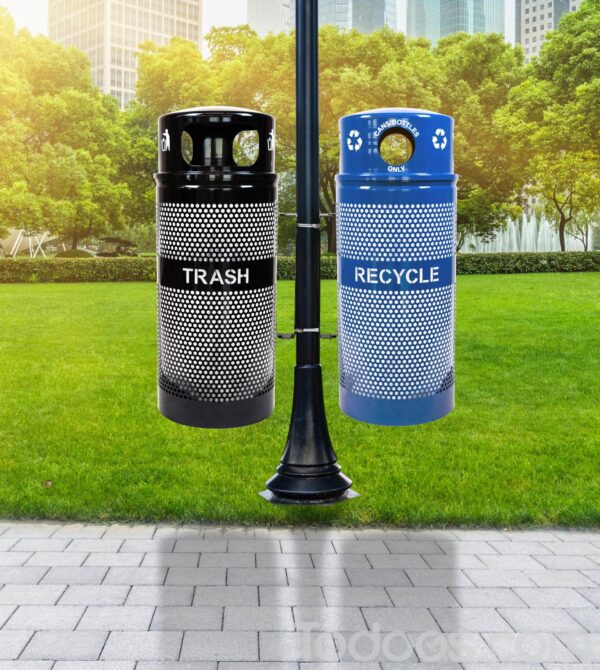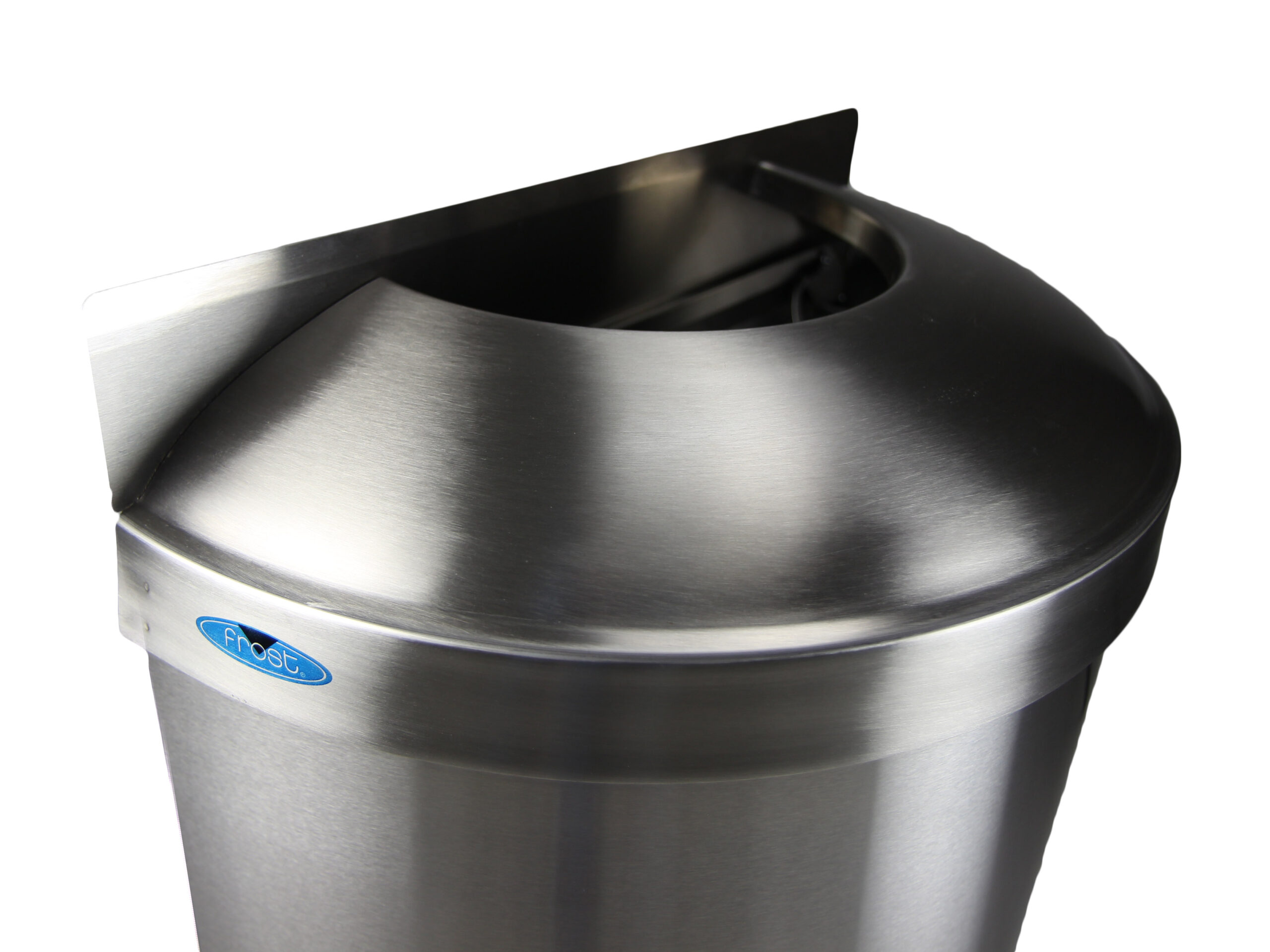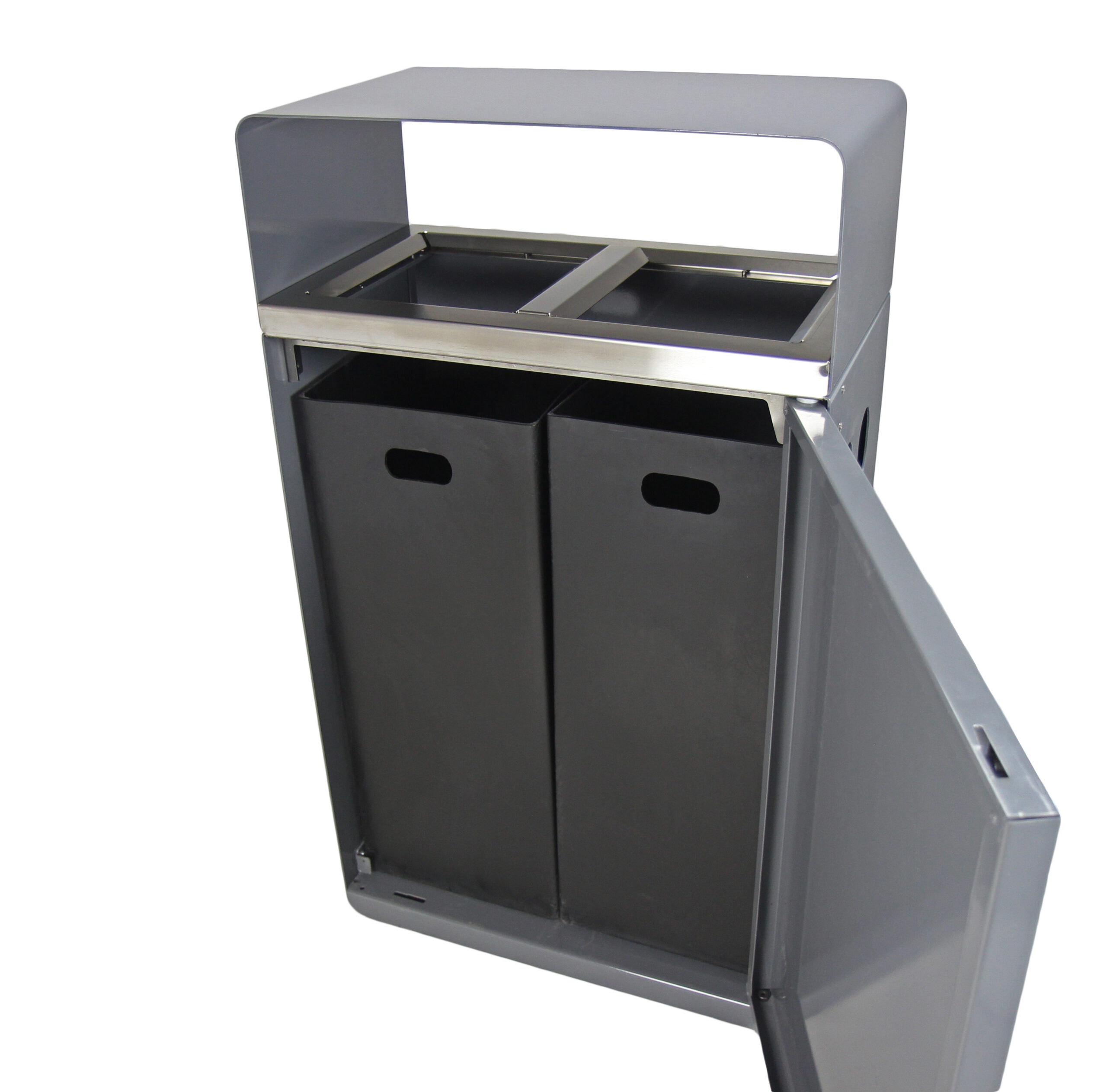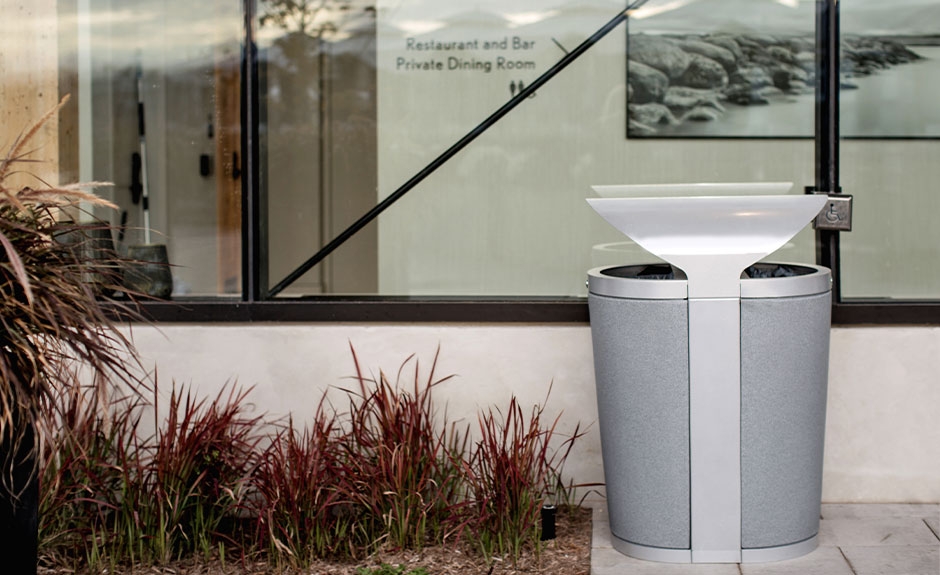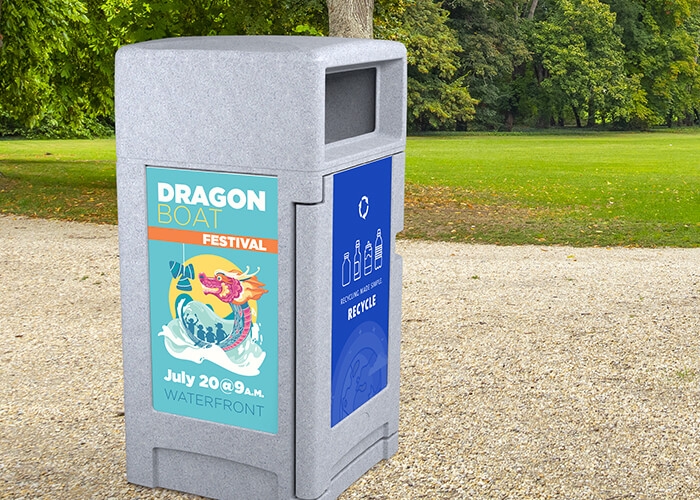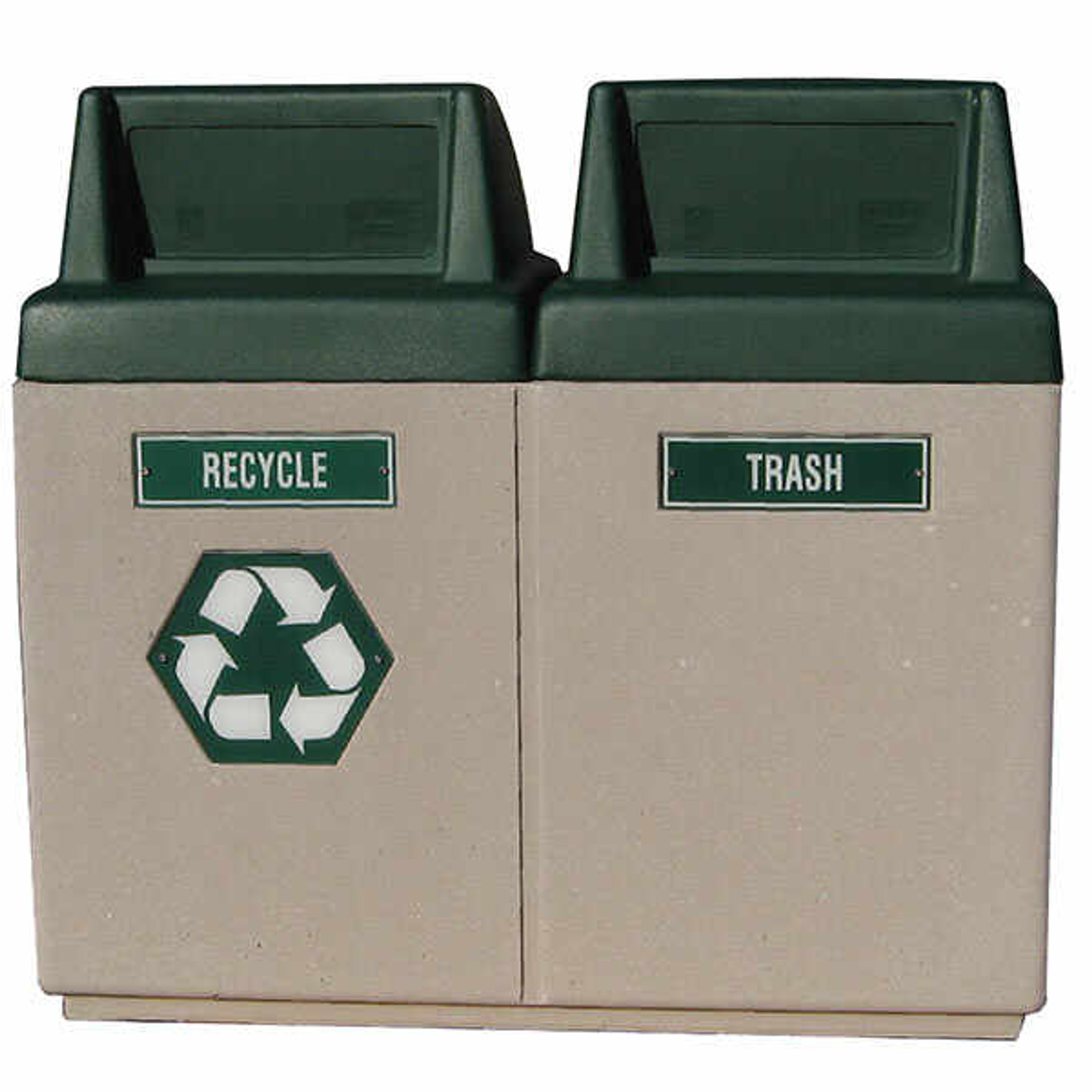What Is Required On An Outdoor Waste Receptacle
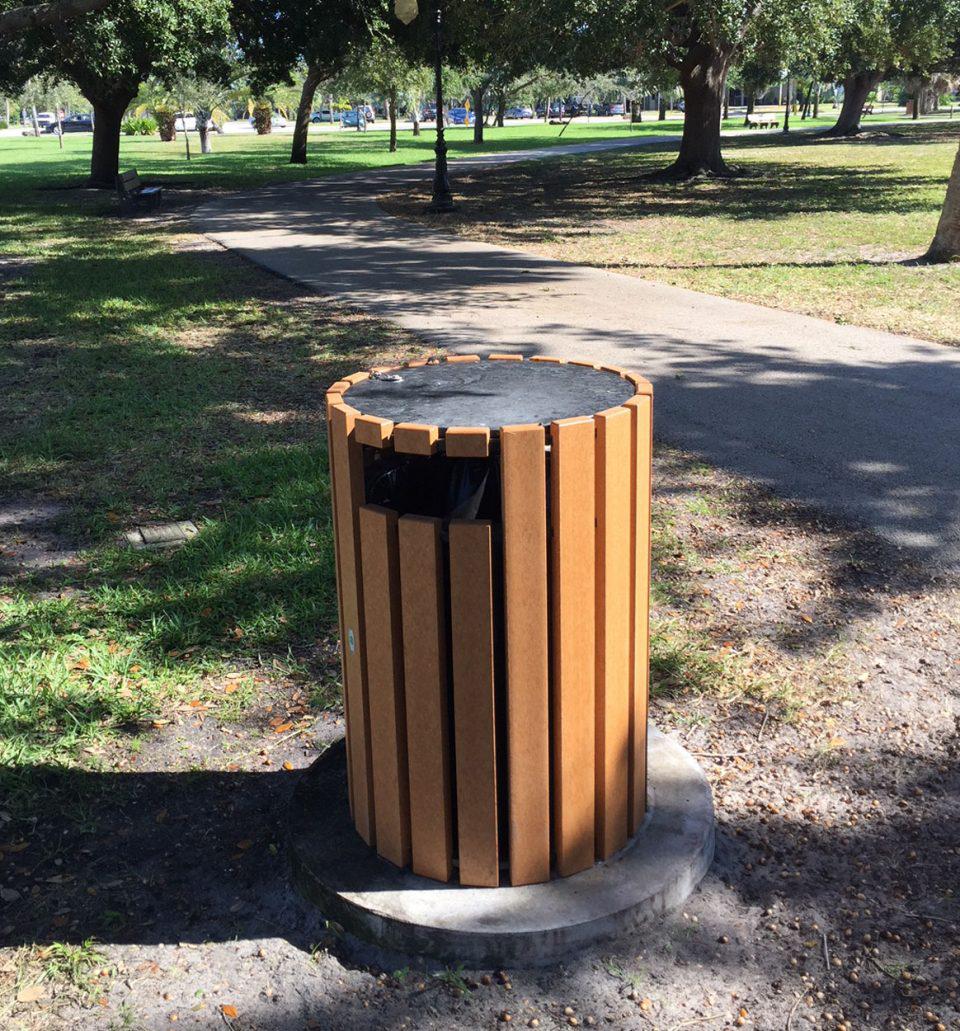
The ubiquitous sight of outdoor waste receptacles often belies the complexity of regulations and best practices governing their construction, placement, and maintenance. From bustling city parks to quiet suburban streets, these containers play a crucial role in maintaining public hygiene and environmental stewardship. But what exactly makes a waste receptacle suitable for outdoor use?
This article delves into the various requirements and considerations for outdoor waste receptacles, exploring the factors influencing their design, features, and proper implementation. Understanding these elements is essential for municipalities, businesses, and individuals seeking to effectively manage waste in outdoor environments, promote cleanliness, and minimize environmental impact. We will examine guidelines and recommendations from relevant organizations and industry standards.
Durability and Material Considerations
One of the primary considerations for outdoor waste receptacles is their durability. Exposure to the elements—sun, rain, snow, and wind—necessitates the use of robust materials that can withstand harsh conditions and resist corrosion.
Common materials include galvanized steel, stainless steel, powder-coated steel, and durable plastics like polyethylene. Each offers varying degrees of resistance to rust, impact, and vandalism. The choice of material often depends on the specific environment and anticipated level of use.
Galvanized steel provides a cost-effective solution with good corrosion resistance, while stainless steel offers superior longevity and aesthetic appeal, especially in high-traffic areas. Powder-coated steel provides an added layer of protection and color customization. Plastic receptacles are lightweight, easy to clean, and resistant to dents, but may be more susceptible to UV damage over time.
Design Features for Functionality
Beyond material, the design of an outdoor waste receptacle significantly impacts its functionality. Proper design encourages proper use and prevents the scattering of trash by wind or animals.
Many receptacles feature enclosed designs with lids or flaps to contain waste and minimize odors. Some models incorporate self-closing mechanisms to prevent rainwater from entering and to deter pests. The size and shape of the opening are also important considerations, balancing ease of disposal with the need to prevent oversized or inappropriate items from being deposited.
For areas prone to strong winds, weighted bases or anchoring systems are crucial. These features prevent tipping and displacement.
"Anchoring systems should be designed to withstand common wind speeds in the area," advises the EPA in its guidelines on litter control.
Accessibility and Placement
Accessibility is another crucial aspect of outdoor waste receptacle requirements. Receptacles should be positioned in convenient locations where they are easily accessible to the public.
Placement should take into account pedestrian traffic patterns, proximity to seating areas, and the potential for generating waste. ADA compliance is essential. This means ensuring adequate clear space around the receptacle and considering the height of the opening for individuals with disabilities.
Strategic placement can also encourage proper waste disposal and reduce littering. High-traffic areas, such as parks, bus stops, and event venues, require more frequent and larger-capacity receptacles. Regular monitoring and maintenance are also crucial to ensure that receptacles are not overflowing.
Signage and Labeling
Clear and concise signage is vital for effective waste management. Receptacles should be clearly labeled to indicate the type of waste they are intended for, such as general trash, recyclables, or compost.
Using internationally recognized symbols can enhance understanding, especially in diverse communities. Signage should be durable, weather-resistant, and easy to read from a distance. Color-coding can further aid in distinguishing different types of waste streams.
For example, blue is commonly used for recyclables and green for compost. Consistent signage across all receptacles in an area helps promote proper sorting and reduces contamination.
Security and Vandalism Prevention
Unfortunately, vandalism is a common concern for outdoor waste receptacles. Measures to prevent theft, damage, and misuse are important.
Heavy-duty construction, tamper-resistant locks, and anchoring systems can deter vandals. Some receptacles incorporate features like reinforced lids and bolted-down bases to withstand forceful impacts. Anti-graffiti coatings can also make it easier to remove paint and other markings.
Choosing locations with good visibility and regular monitoring can also discourage vandalism. Collaboration with local law enforcement and community watch groups can further enhance security.
Regulatory Compliance
In many jurisdictions, outdoor waste receptacles are subject to local regulations and ordinances. These regulations may specify requirements for size, design, placement, and maintenance.
Compliance with these regulations is essential to avoid fines and ensure that waste management practices are aligned with community standards. It is crucial to consult with local authorities to understand the specific requirements in a particular area.
Furthermore, some regions may have specific guidelines for waste separation and recycling, which must be reflected in the design and labeling of outdoor receptacles.
Maintenance and Cleaning
Regular maintenance and cleaning are essential for maintaining the functionality and appearance of outdoor waste receptacles. Frequent emptying prevents overflow and reduces the risk of pest infestations.
Cleaning removes grime, graffiti, and other debris, ensuring that the receptacles remain attractive and hygienic. Using appropriate cleaning agents and techniques is important to avoid damaging the materials.
A well-maintained waste receptacle not only serves its primary purpose of containing waste but also contributes to a cleaner and more inviting environment for the community.
In conclusion, the requirements for outdoor waste receptacles are multifaceted, encompassing durability, functionality, accessibility, signage, security, and regulatory compliance. By carefully considering these factors, municipalities, businesses, and individuals can ensure that their waste management practices are effective, sustainable, and contribute to a cleaner and healthier environment. Choosing the right receptacle is an investment in public health and community well-being.




